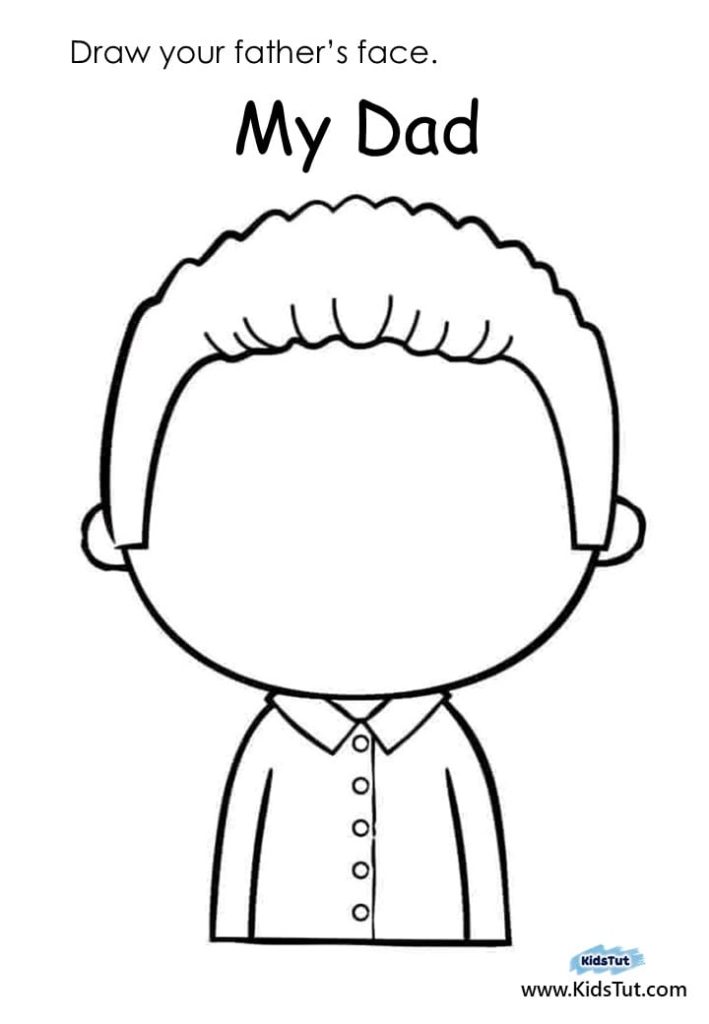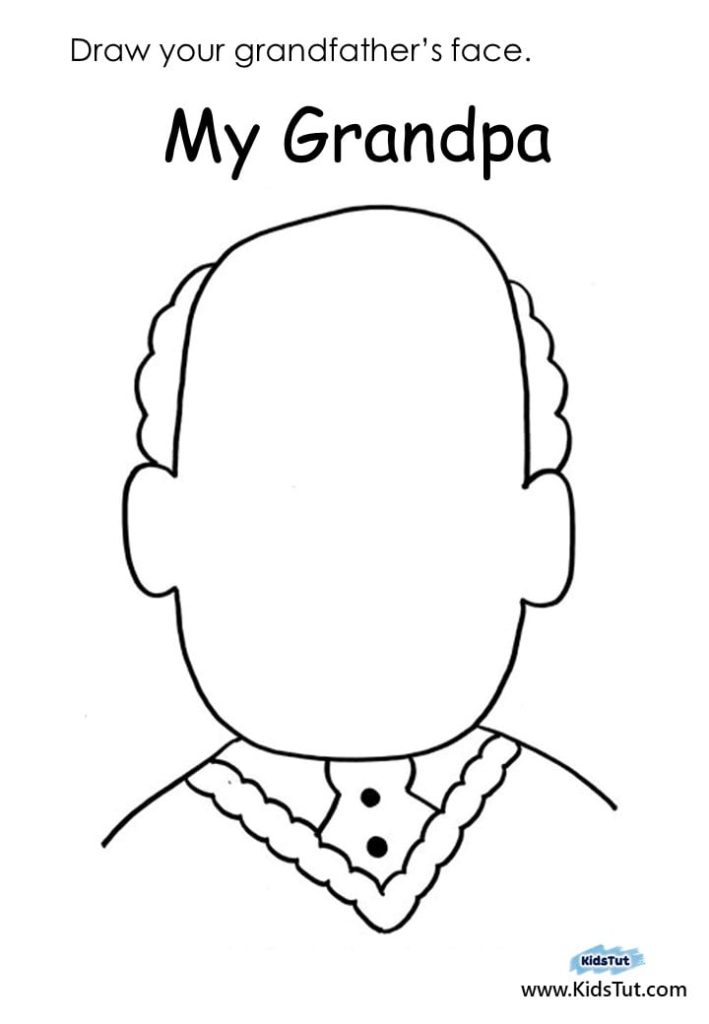Are you looking for a fun activity to teach kids about their family members? So here is a great opportunity for it. Share family wonder with your kids with this fun family face drawing activity. Also, these activity sheets help children gain many skills and have fun drawing the faces of their families. So, are you ready? draw faces of your mom, dad, siblings, and grandparents.










Well, now let’s explore more about these family face drawing activity pages. Also, in this Family face drawing activity, we will give you assignment pages featuring nine family members. The 9 family members included in those pages are me, mom, dad, sister, brother, aunt, grandpa, aunt, and uncle. Moreover, every assignment page here contains blank faces of these members. Therefore, children have to draw facial features like eyes, nose, and mouth on those blank faces and complete them.
Each member’s membership is labeled within these assignment pages. It also contains instructions on how to assign assignments to the child. So after completing the drawing, children can be allowed to color their faces.
How to complete these Family Face Drawing worksheets?
This activity is very easy to do, and kids will have a lot of fun. Well, let’s see how to do it step by step.
Step 1: First, you need to print the pages here. Use plain or white printing paper for that. Also, it contains 10 pages for you to print. Through that, you can select only the appropriate pages for your child. For example, you can print a female face labeled “I” if your child is a girl, and a male face labeled “I” if your child is a boy. Additionally, you can print pages containing only the family members of each child and give them to them.
Step 1: Second, distribute your printed pages to the children. Then instruct them to complete the blanks on the assignment pages. You can do this by introducing each family member to the children. For that, you can use one member per day. Also, provide pencils as well as crayons and markers for children to draw and color faces. Especially when drawing these faces, give yourself the freedom to draw the image in your mind. Also, let them use appropriate colors.
Step 3: Finally, once the children’s creations are finished, display them in the classroom or at home. Don’t forget to compliment them on their wonderful faces. Also, you can create a book called My Family Members by collecting these faces. So it will be a good memory for children.
However, with this assignment, don’t forget to teach children about the importance of their family and family members. This activity is most effective when you develop good and positive attitudes about your family in their minds. Therefore, introduce the family to children with this activity titled Our Family.
Family Face Drawing Worksheets: What is a family?
A family is a group of members living together in one house. They have a loving bond with each other. Often, there are parents and children in a family. Sometimes grandparents and relatives also live in one family. Family members have their share of responsibility. Family members have their share of responsibility. All members of the family work for each other in harmony.
Family elders teach children many things, including good values and good role models. Family teaches children values like love, respect, kindness, and gratitude. All family members solve problems together, celebrate happiness, and have fun. In the family, members provide protection, security, and support to each other. The family is truly a loving haven.
Family Face Drawing Worksheets: The Roles of Family Members
Let’s talk about the key members of the family. Each of these members has different responsibilities and roles. But the duty of all of them is to protect their family and live in cooperation with each other. So let’s see about this family.
- Parents: Mother and father are the foundation of a family. Both of them carry a great responsibility for their family. Taking care of children, taking care of elders in the family, providing security to children, providing good education to children, nurturing children, and teaching children bad and good manners are just some of the responsibilities of parents.
- Children: Children in a family can be daughters or sons. They increase family happiness. Children should obey their elders and work for the unity of their family. Children also have responsibilities in the family. Helping oneself as much as possible in the work of others in the family, getting a good education, and treating family members with respect are some of the tasks assigned to children.
- Siblings: They live together in a family as sisters and brothers. Maintaining good friendships between siblings brings happiness to the family. Their responsibilities include taking care of younger siblings, cooperating, and teaching one another the right way.
- Grandparents: Grandparents are the oldest relatives in a family. They spend their lives lovingly with their children and grandchildren. Grandparents support their children, take care of their family’s grandchildren, teach children about religious and cultural traditions, share their experiences with children, and try to improve their children’s lives by giving advice.
- Aunts and uncles: They are close family members. They care for the family’s children like parents and provide guidance. They share in happy times and offer support during difficult moments.
Advantages of kids learning about their family:
Understanding Relationships: By identifying with family members, children understand the relationship between themselves and others. Children also understand the roles, responsibilities, and duties of each member.
Sense of Belonging: This feeling makes children more attached to their family. That is, through this sense of belonging, children are bound to protect, love, obey, and support their fellow members. Therefore, they feel that family members are a part of their lives.
Emotional Support: Learning about family members improves children’s trust in them. That way, they don’t hesitate to share their feelings with their family. And it is a reason for children to have good feelings through the help of adults to control their emotions.
Strengthening Family Bonds: Recognizing the loving bonds between family members increases children’s attachment to their families. As a result, they tend to obey, support, and protect as well as respect their family.
Building Respect: Learning about family members improves children’s understanding of family members. They learn what their family members do for them. Due to this, children’s respect for their family members is developed.
Recognizing his/her responsibility in the family: This is the main thing we should teach the children. “I” am a valuable member of the family. I think it should be explained that going. Also, the children should understand that it is my responsibility to take care of all my family who care for me around me with love.
These activities help children understand family roles, relationships, and values in a fun and interactive way.

*** You have the option to download the PDF file from this location. – Download
Explore More Face Drawing Worksheets for Kids:
New Holiday Activity: Face Drawing Fun for Kids – See More
Easy Holiday Crafts for Kids: Santa Face Templates – See More
